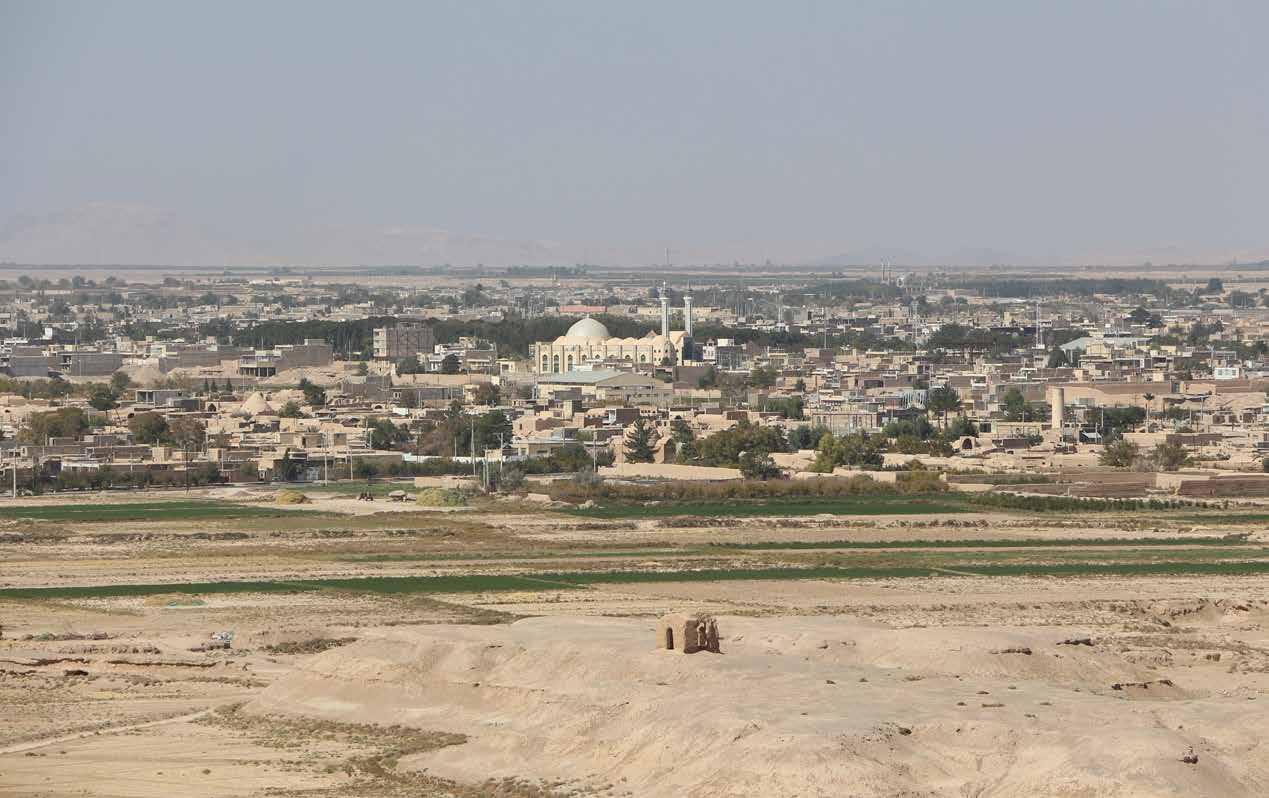
3 minute read
Árvore
Tree Of Life Da Vida
Com uma história de mais de quatro mil anos, Abarkuh é uma cidade localizada no que costumava ser uma encruzilhada da lendária Rota da Seda, e é mais conhecida por ser o lar de uma das árvores mais velhas do mundo.
With a history of more than four thousand years, Abarkuh is a city located on what used to be a crossroad of the legendary Silk Road, and is most known for being the home to one of the world’s oldest trees.
Abarkuh, uma das cidades mais antigas do Irã, está localizada em meio a rota do assim chamado triângulo turístico dourado do Irã (Shiraz-Yazd-Esfahan), que fez da cidade a décima quarta mais popular do país para turistas; entretanto este lugar tem suas muito própria atrações.
De acordo com alguns livros históricos, Abarkuh foi, durante certos períodos, mais importante do que a capital da província, Yazd, especialmente durante os séculos XI-XII. A cidade ficava perto de uma das interseções da lendária Rota da Seda, e até o famoso explorador italiano Marco Polo visitou a cidade, documentando um grande número de caravansarais e reservatórios de água na área.
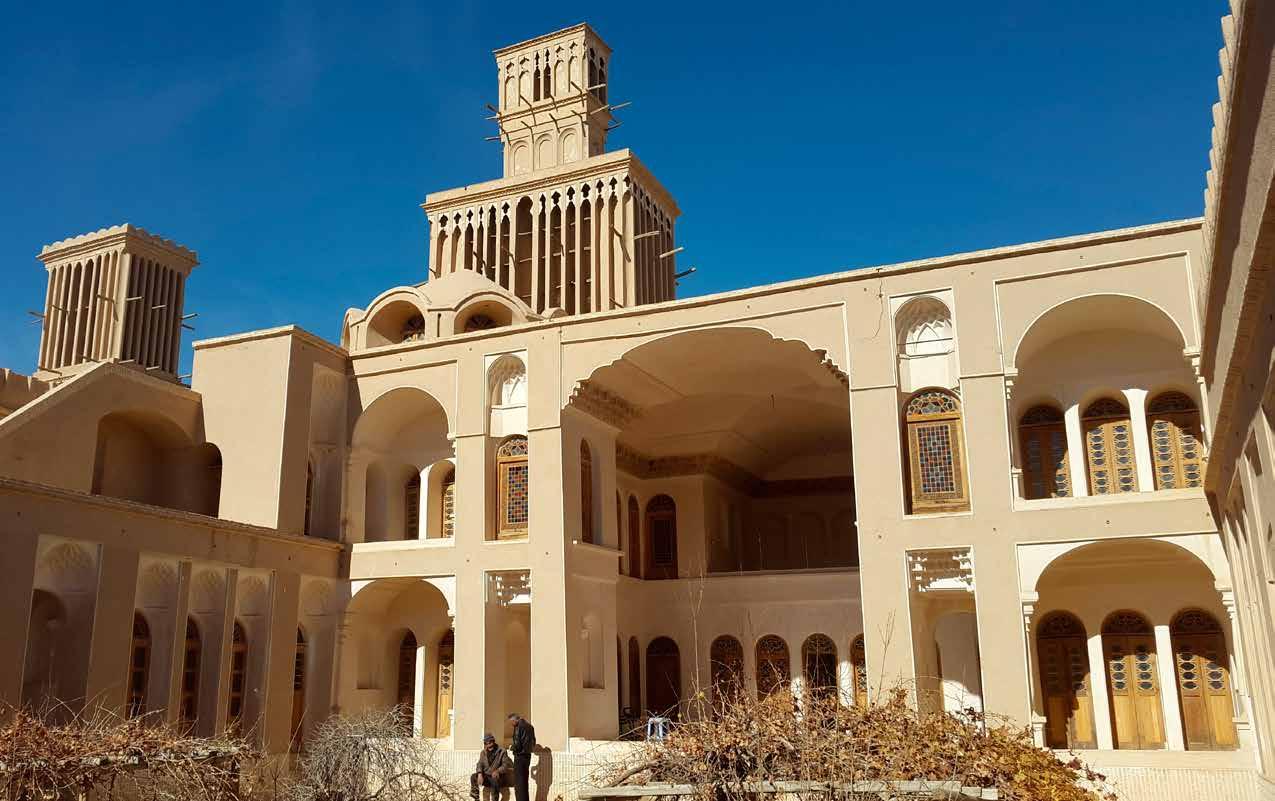
Entre os seus inúmeros monumentos históricos, tais como caravansarais, casas de refrigeração, reservatórios de água e torres eólicas, destacam-se as suas três casas históricas; Seyed Ali, Musavi e Aghazadeh. Esta última é a mais conhecida e tem dois andares e uma torre eólica de dezoito metros de altura, cuja imagem está impressa em uma cédula bancária iraniana. Curiosamente, existem doze aldeias ao redor de Abarkuh, e cada uma recebeu o nome de um mês do ano do calendário iraniano.
Abarkuh, one of the oldest cities in Iran, is located en route to the “so-called” golden tourist triangle of Iran (Shiraz -Yazd-Esfahan), which has made the city the fourteenth most popular city in the country for tourists; however this place has its very own attractions.
According to some historical books, Abarkuh was, during certain periods, more important than the province’s capital, Yazd, especially during 11th-12th centuries. The city was near one of the branches of the legendary Silk Road, and even the famous Italian explorer, Marco Polo, visited the city, documenting a great number of caravansarais and water reservations in the area.
Among its many historical monuments, such as caravansarais, icehouses, water reservations and wind towers, it stands out its three historical houses; Seyed Ali House, Musavi House, and Aghazadeh House. The latter is the most famous and it has two floors and a wind tower that is eighteen meters- height, and its image is printed on a Iranian banknote. Curiously, there are twelve villages around Abarkuh, and each one was named after an Iranian month of the year.
Mas o que tornou Abarkuh mundialmente famosa é a sua mítica árvore, supostamente com mais de 4.000 anos: “Sarv-e Abarkuh”, uma árvore perene que floresce em meados da primavera e tem cerca de 28 metros de altura e 11,5 metros de largura.
Muitas lendas e mitos cercam esta árvore, pois é uma das criaturas mais antigas da Terra e também está localizada em um lugar especial. Segundo uma lenda, Noé ou seu filho plantou a árvore após o dilúvio, e outra diz que Zoroastro, o antigo líder espiritual iraniano, foi quem a plantou. Marco Polo a descreveu como uma cascata que desce do céu até a terra.
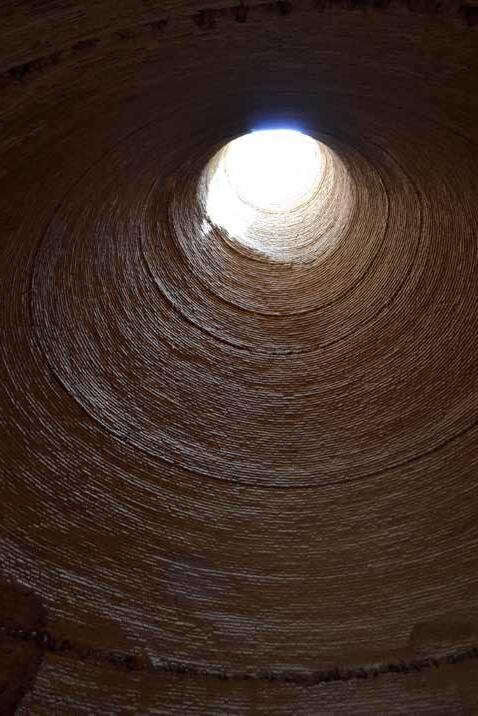
But what made Abarkuh worldwide famous is its mythical tree, reportedly over 4,000 years old: “Sarv-e Abarkuh”, an evergreen tree which blooms in mid-spring and is about 28 meters high and 11,5 meters wide.
Many legends and myths surround this tree as it is one of the oldest creatures on earth and is located in a special place, too. According to one legend, Noah or his son planted the tree after the great storm, and another says that Zoroaster, the ancient Iranian spiritual leader was the one who planted it. Marco Polo described it as a waterfall that falls from the sky to the earth.
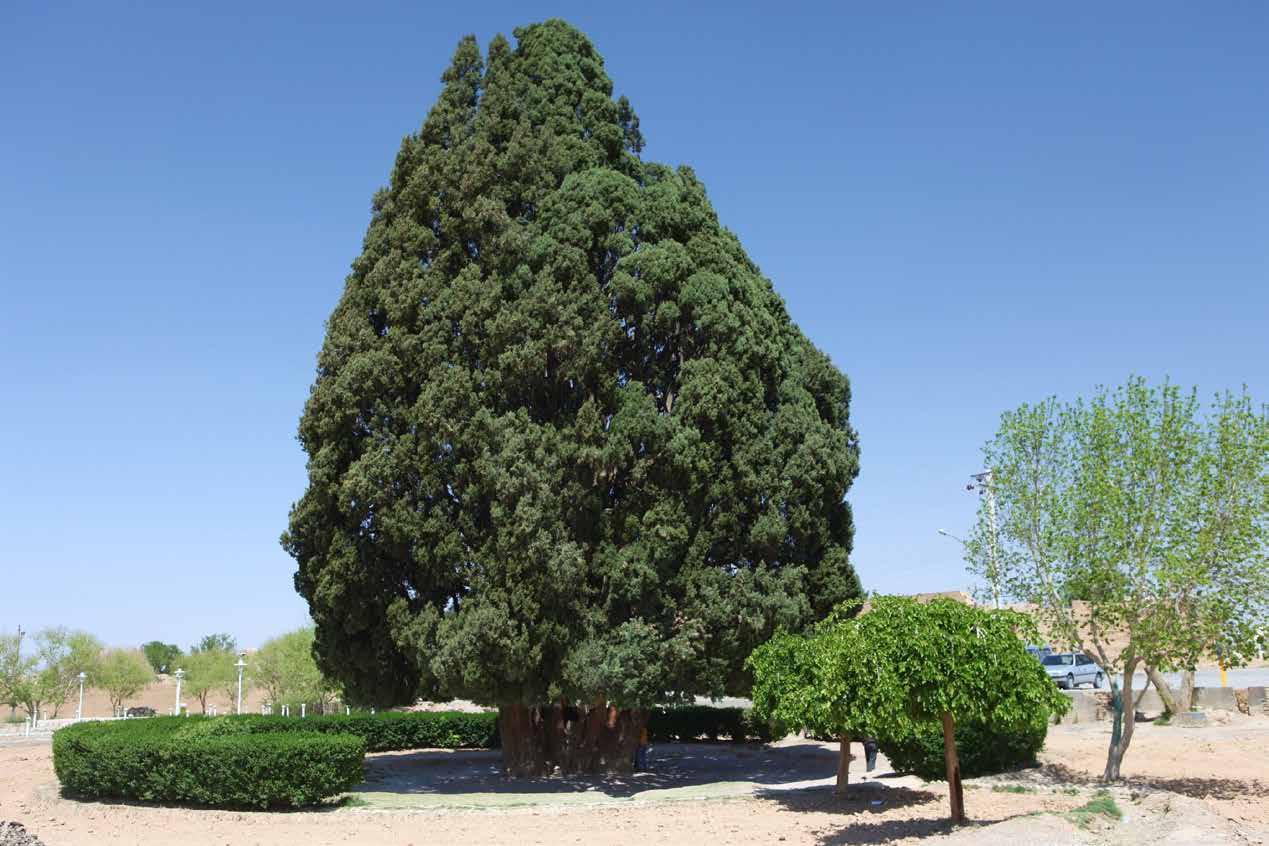
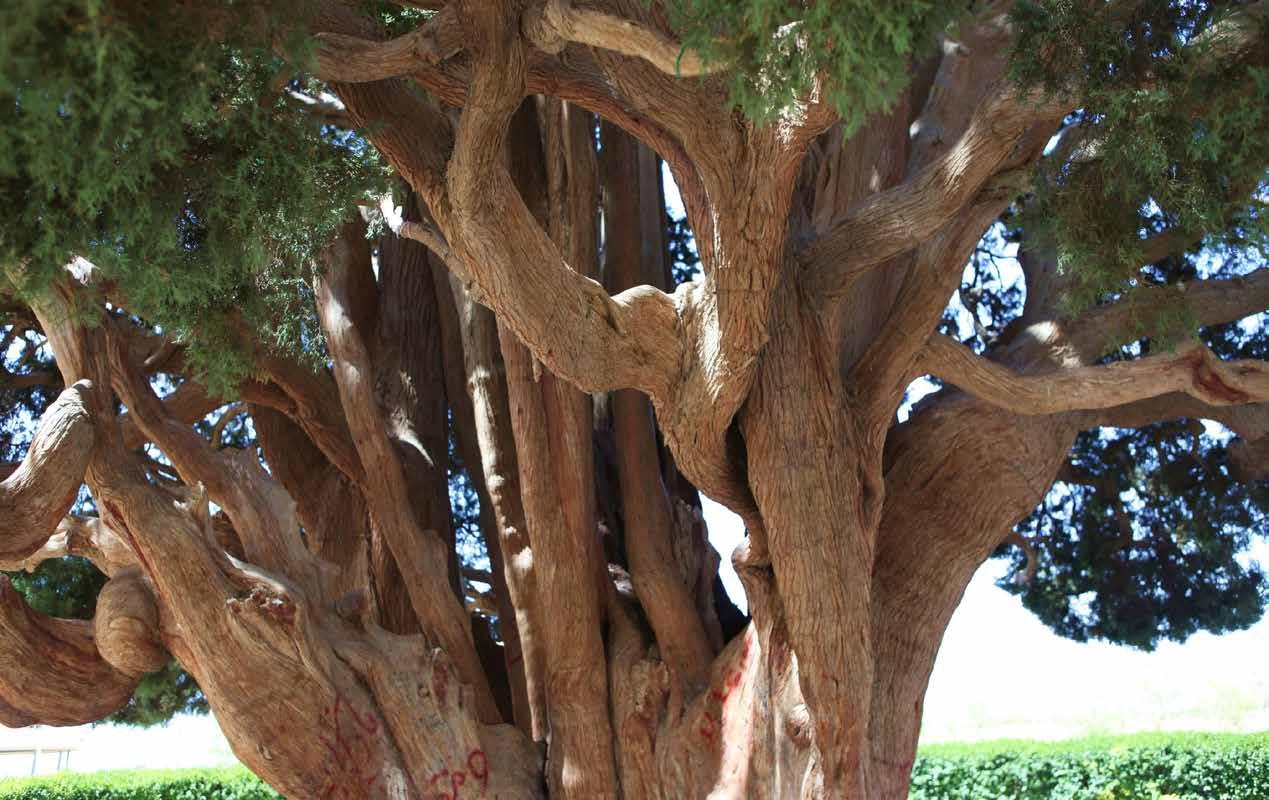
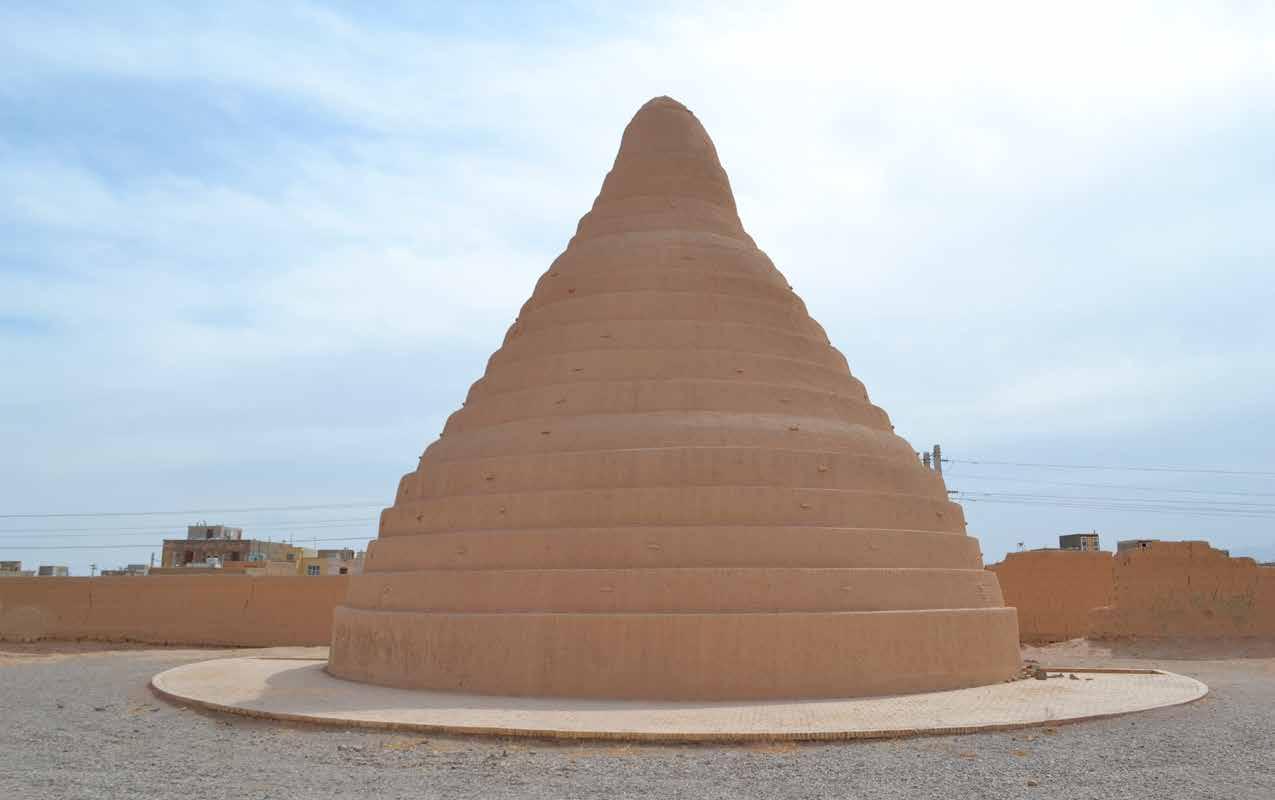
Lendas à parte, esta árvore sempre desempenhou um papel importante na cultura iraniana. Pode ser vista como um símbolo da vida e da beleza em muitos baixos-relevos da antiga Pérsia, como nos entalhes do período Aquemênida em Persépolis, e também pode ser visto como o principal símbolo no design do “Termeh”. Termeh é o nome dado ao mais luxuoso tecido iraniano feito à mão. Produzido principalmente na província de Isfahan, hoje em dia o Termeh de Yazd é considerado mundialmente como sendo o mais bonito e refinado. O motivo Botteh (Paisley), muito comum na tapeçaria persa, também representa o cipreste como a árvore da vida na tradição folclórica zoroastrista.
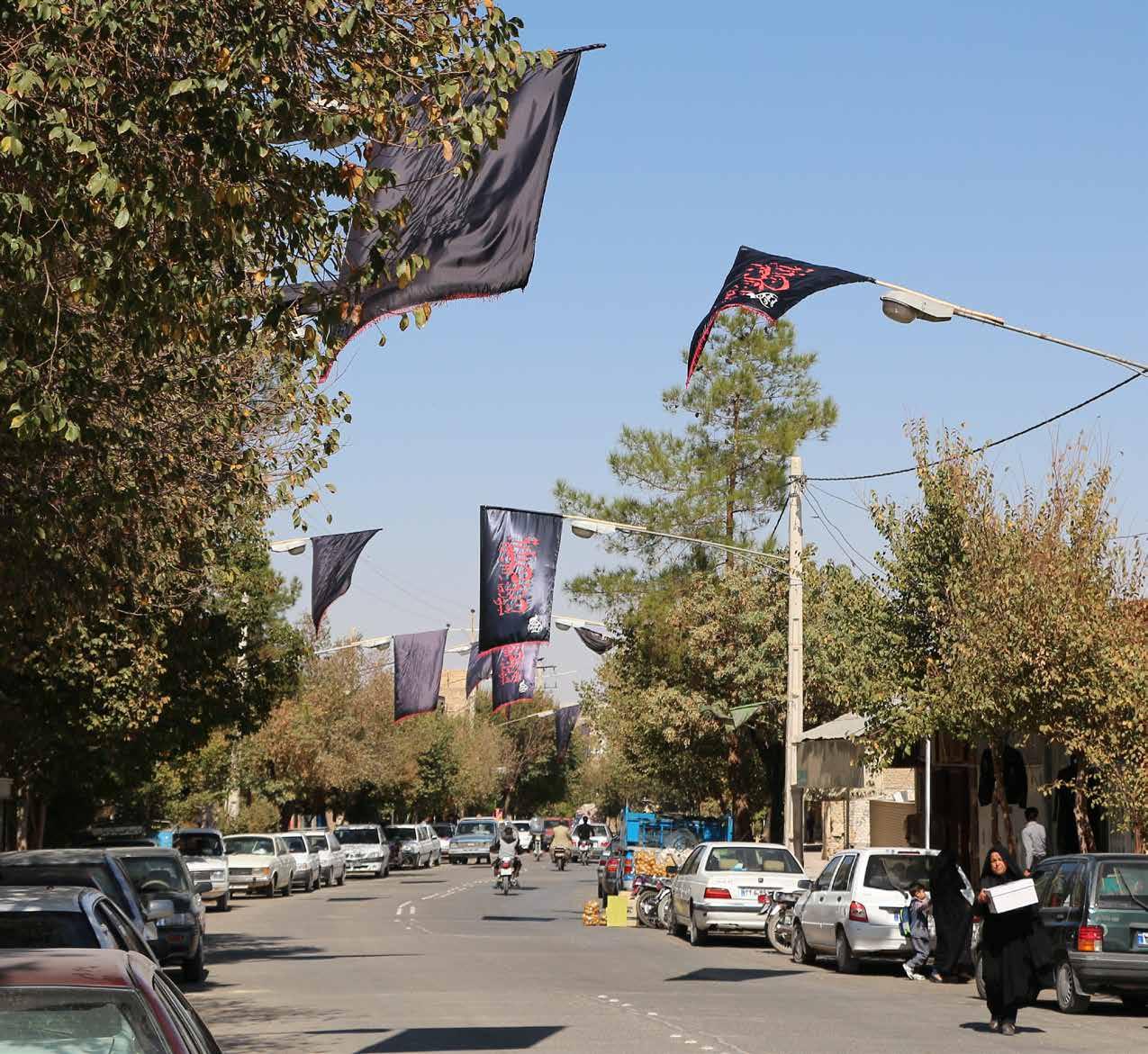
Esta magnífica e misteriosa árvore ergue-se em meio a uma paisagem árida, esperando silenciosamente para ser vista e admirada. Nenhuma visita a Abarkuh está completa sem uma visita a esta maravilha da natureza, sem dúvida uma experiência única de se vivenciar.
Legends apart, this tree has always played an important role in Iranian culture. It can be seen as a symbol of life and beauty in many Ancient Persia bas-reliefs such as the Achaemenid era carvings in Persepolis, and can also be seen as the major symbol in the design of the “Termeh”. Termeh is the name given to the most luxurious Iranian handwoven cloth. Produced primarily in the Isfahan province, nowadays the Yazd Termeh is worldwide considered as the most beautiful and refined. The motif of Botteh (Paisley), very common in Persian tapestry, also represents cypress as the tree of life in Zoroastrian folkloric tradition.
This magnificent, mysterious tree stands in the middle of a barren landscape, waiting silently to be seen and admired. No visit to Abarkuh is complete without paying a visit to this wonder of nature, undoubtedly an unique experience to live.






